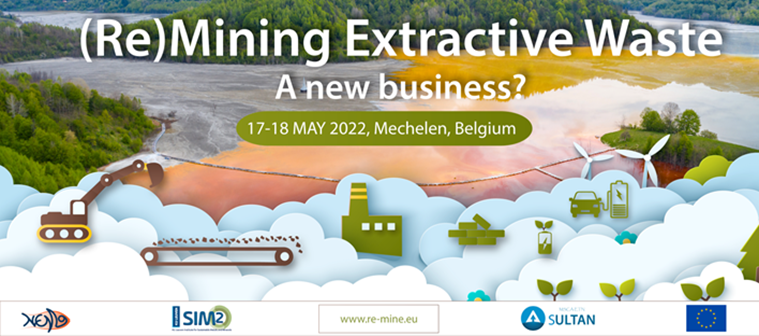The separation of rare-earth elements has always been challenging for the hydrometallurgical industry. Within the framework of the EU Horizon 2020 project NEMO, a highly-efficient non-aqueous solvent extraction process for the separation of heavy rare-earth elements has been developed and upscaled by SOLVOMET/SIM² researchers. The results were published in Separation and Purification Technology.
Rare earth elements (REEs) are omnipresent in modern-day electrical and electronic technologies and are especially important for green technologies, such as electric cars and wind turbines. Heavy rare earths (HREEs) are mainly used in strategically-important niche applications, such as laser crystals, optical amplifiers for telecommunication, high-tech alloys, and medical applications.
Separation of HREEs
Efficient separation of heavy rare earths into individual elements or groups is key for their use in different applications. However, conventional separation technologies are often inefficient, as they require hundreds of extraction steps and consume large amounts of acids and bases.
Non-aqueous solvent extraction can offer a solution to this problem. The process developed by SOLVOMET/SIM² researchers separates the heavy rare earths from ethylene glycol media at the position Er/Tm, using the neutral extractant Cyanex 923.
This process successfully reduces the number of solvent extraction steps from 60 stages to only 16 stages, while the consumption of acids and bases have almost been reduced to zero. Moreover, the technical feasibility of this process has been confirmed using a mini-pilot-scale leaching setup and mixer-settlers.
In summary, non-aqueous solvent extraction has proven to be a promising technology for separation of mixtures of heavy rare earths on a mini-pilot-scale and might very well contribute to more efficient and sustainable separation processes.
Full reference of paper
Brecht Dewulf, Sofía Riaño and Koen Binnemans, Separation of heavy rare-earth elements by non-aqueous solvent extraction: Flowsheet development and mixer-settler tests, Sep. Purif. Technol., 2022, 290, 120882, https://doi.org/10.1016/j.seppur.2022.120882. (gold open access paper).
Acknowledgements
The research leading to this manuscript received funding from the European Union's EU Framework Programme for Research and Innovation Horizon 2020 under grant agreement no. 776846 (NEMO).



